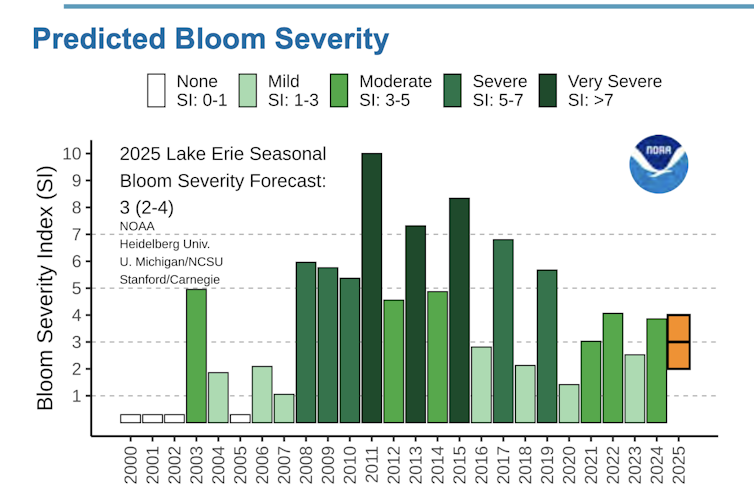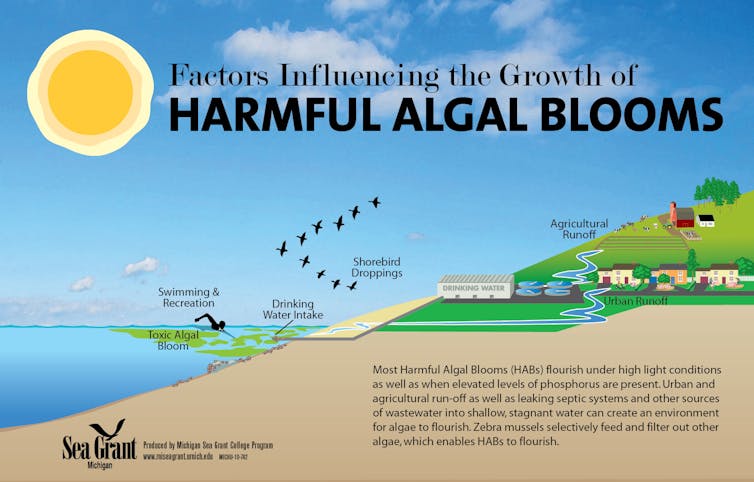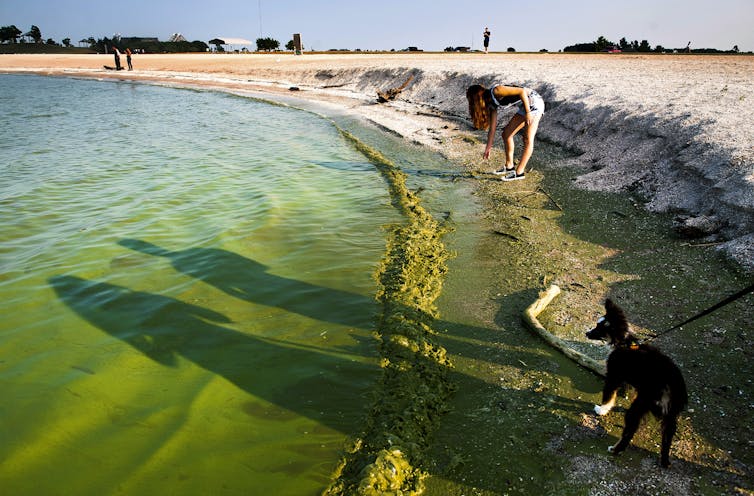Jean Wactawski-Wende, University at Buffalo
Women make up more than 50% of the population, yet before the 1990s they were largely excluded from health and medical research studies.
To try to help correct this imbalance, in 1991 the National Institutes of Health launched a massive, long-term study called the Women’s Health Initiative, which is still running today. It is the largest, longest and most comprehensive study on women’s health ever conducted in the U.S. It also is one of the most productive studies in history, with more than 2,400 published scientific papers in leading medical journals.
On April 20, 2025, the Department of Health and Human Services told the study’s lead investigators it plans to terminate much of the program’s funding and discontinue its regional center contracts. On April 24, after pushback from the medical community, HHS officials said the funding had been reinstated. But the reversal was never officially confirmed, so the study’s lead investigators – including me – remain concerned about its future.
I am a public health researcher who has studied chronic disease prevention in women for nearly 40 years. I have been centrally involved with the Women’s Health Initiative since its inception and currently co-direct one of its four regional centers at the University at Buffalo.
The project’s findings have shaped clinical practice, prevention strategies and public health policies across the U.S. and the world, particularly for older women. In my view, its loss would be a devastating blow to women’s health.
An imperative to invest in women’s health
The Women’s Health Initiative was established in response to a growing realization that very little medical research existed to inform health care that was specifically relevant to women. In the U.S. in the 1970s, for example, almost 40% of postmenopausal women were taking estrogen, but no large clinical trials had studied the risks and benefits. In 1985 an NIH task force outlined the need for long-term research on women’s health.
Launched by Bernadine Healy, the first woman to serve as director of the NIH, the Women’s Health Initiative aimed to study ways to prevent heart disease, cancer and osteoporosis.

Frazao Studio Latino/E+ via Getty Images
Between 1993 and 1998, the project enrolled 161,808 postmenopausal women ages 50 to 79 to participate in four randomized clinical trials. Two of them investigated how menopausal hormone therapy affects the risk of heart disease, breast cancer, hip fractures and cognition. Another examined the effects of a low-fat, high-fiber diet on breast and colorectal cancers as well as heart disease. The fourth looked at whether taking calcium plus vitamin D supplements helps prevent hip fractures and colorectal cancer.
Women could participate in just one or in multiple trials. More than 90,000 also took part in a long-term observational study that used medical records and surveys to probe the link between risk factors and disease outcomes over time.
Clarifying the effects of hormone therapy
Some of the most important findings from the Women’s Health Initiative addressed the effects of menopausal hormone therapy.
The hormone therapy trial testing a combination of estrogen and progesterone was set to run until 2005. However, it was terminated early, in 2002, when results showed an increased risk in heart disease, stroke, blood clotting disorders and breast cancer, as well as cognitive decline and dementia. The trial of estrogen alone also raised safety concerns, though both types of therapy reduced the risk of bone fractures.
After these findings were reported, menopausal hormone therapy prescriptions dropped sharply in the U.S. and worldwide. One study estimated that the decreased use of estrogen and progesterone therapy between 2002 and 2012 prevented as many as 126,000 breast cancer cases and 76,000 cardiovascular disease cases – and saved the U.S. an estimated US$35 billion in direct medical costs.
Reanalyses of data from these studies over the past decade have provided a more nuanced clinical picture for safely using menopausal hormone therapy. They showed that the timing of treatment matters, and that when taken before age 60 or within 10 years of menopause, hormones have more limited risk.
Defining clinical practice
Although the Women’s Health Initiative’s four original clinical trials ended by 2005, researchers have continued to follow participants, collect new data and launch spinoff studies that shape health recommendations for women over 65.
Almost a decade ago, for example, research at my institution and others found in a study of 6,500 women ages 63 to 99 that just 30 minutes of low to moderate physical activity was enough to significantly boost their health. The study led to changes in national public health guidelines. Subsequent studies are continuing to explore how physical activity affects aging and whether being less sedentary can protect women against heart disease.
Bone health and preventing fractures have also been a major focus of the Women’s Health Initiative, with research helping to establish guidelines for osteoporosis screening and investigating the link between dietary protein intake and bone health.
One of the Women’s Health Initiative’s biggest yields is its vast repository of health data collected annually from tens of thousands of women over more than 30 years. The data consists of survey responses on topics such as diet, physical activity and family history; information on major health outcomes such as heart disease, diabetes, cancer and cause of death, verified using medical records; and a trove of biological samples, including 5 million blood vials and genetic information from 50,000 participants.
Any researcher can access this repository to explore associations between blood biomarkers, disease outcomes, genes, lifestyle factors and other health features. More than 300 such studies are investigating health outcomes related to stroke, cancer, diabetes, eye diseases, mental health, physical frailty and more. Thirty are currently running.
What does the future hold?
In addition to data amassed by the Women’s Health Initiative until now, about 42,000 participants from all 50 states, now ages 78 to 108, are still actively contributing to the study. This cohort is a rare treasure: Very few studies have collected such detailed, long-term information on a broad group of women of this age. Meanwhile, the demographic of older women is growing quickly.
Continuing to shed light on aging, disease risk and prevention in this population is vital. The questions guiding the project’s ongoing and planned research directly address the chronic diseases that Health Secretary Robert F. Kennedy Jr. has announced as national priorities.
So I hope that the Women’s Health Initiative can continue to generate discoveries that support women’s health well into the future.
Jean Wactawski-Wende, Professor of Public Health and Health Professions, University at Buffalo
This article is republished from The Conversation under a Creative Commons license. Read the original article.























































